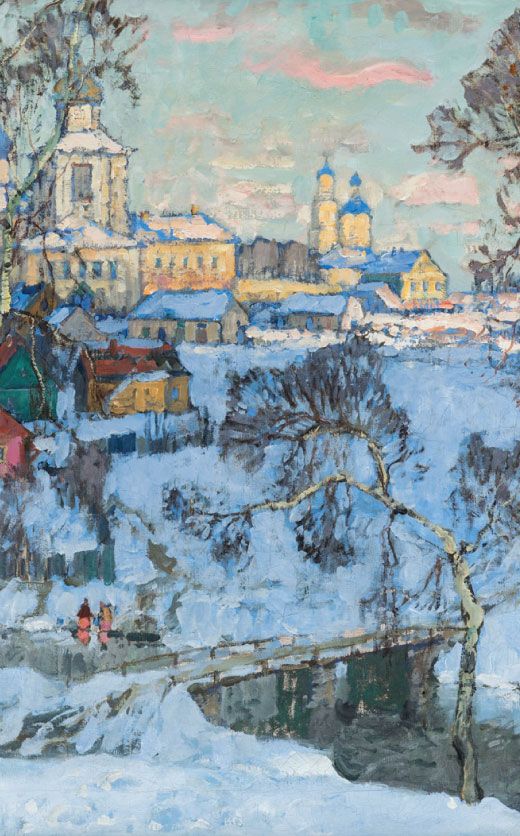19th C. South African Zulu Beaded Neck Ornament
Lot 72c
About Seller
Artemis Fine Arts
686 S Taylor Ave, Ste 106
Louisville, CO 80027
United States
Selling antiquities, ancient and ethnographic art online since 1993, Artemis Gallery specializes in Classical Antiquities (Egyptian, Greek, Roman, Near Eastern), Asian, Pre-Columbian, African / Tribal / Oceanographic art. Our extensive inventory includes pottery, stone, metal, wood, glass and textil...Read more
Categories
Estimate:
$600 - $900
Absentee vs Live bid
Two ways to bid:
- Leave a max absentee bid and the platform will bid on your behalf up to your maximum bid during the live auction.
- Bid live during the auction and your bids will be submitted real-time to the auctioneer.
Bid Increments
| Price | Bid Increment |
|---|---|
| $0 | $25 |
| $300 | $50 |
| $1,000 | $100 |
| $2,000 | $250 |
| $5,000 | $500 |
| $10,000 | $1,000 |
| $20,000 | $2,500 |
| $50,000 | $5,000 |
| $100,000 | $10,000 |
| $200,000 | $20,000 |
About Auction
By Artemis Fine Arts
Aug 22, 2025
Set Reminder
2025-08-22 10:00:00
2025-08-22 10:00:00
America/New_York
Bidsquare
Bidsquare : Indigenous Art - Ralph T. Coe Center, Santa Fe, NM
https://www.bidsquare.com/auctions/artemis-gallery/indigenous-art---ralph-t-coe-center-santa-fe-nm-20324
Featuring works of art from the Ralph T. Coe Center for the Arts in Santa Fe, New Mexico, a non-profit focused on promoting Indigenous Arts globally. All proceeds from the sale of these items will support future grants to Rehoming Program participants. Artemis Fine Arts info@artemisfinearts.com
Featuring works of art from the Ralph T. Coe Center for the Arts in Santa Fe, New Mexico, a non-profit focused on promoting Indigenous Arts globally. All proceeds from the sale of these items will support future grants to Rehoming Program participants. Artemis Fine Arts info@artemisfinearts.com
- Lot Description
Southern Africa, South Africa, Zulu people, ca. 1890s CE. A finely constructed late 19th century Zulu beaded neck ornament, composed of alternating vertical panels of black, white, green, and red glass trade beads strung on fiber, bordered by rows of pale pink and turquoise beads, and secured with a cowrie shell clasp. The necklace is designed as a continuous collar of rectangular, fringe-like panels, its rhythmic arrangement creating a striking visual effect when worn. Known as iziqu, such beaded collars originated as medallions of war, worn in a crisscross formation across the shoulders by warriors as symbols of bravery. Before the introduction of European glass beads through Portuguese trade, Zulu beadwork was made from natural materials such as wood, seeds, and berries. By the late 19th century, glass beads had become an important medium, both for their vibrant color range and their prestige as a traded luxury. Size: 45" L x 2.8" W (114.3 cm x 7.1 cm)
In Zulu society, beadwork serves as a form of communication, signaling wealth, status, and personal relationships. Color and pattern combinations could convey clan identity, marital status, or courtship messages, though their meaning varied regionally and required insider knowledge to interpret. This piece's color arrangement - white, black, green, and red - aligns with documented umzansi and isinyolovane schemes, which could reference clan affiliations or aesthetic ideals of perfection and charm. Worn during ceremonies, dances, and significant life events, such ornaments were equally valued as personal adornment and as potent symbols of social and cultural identity. This example's age, near complete form, and rich palette reflect the artistry and communicative depth of historic Zulu beadwork traditions.
Provenance: Ralph T. Coe Center for the Arts, Santa Fe, New Mexico, USA, acquired in 2010 via descent; ex-private collection of Ralph T. Coe, Santa Fe, New Mexico, USA, purchased in August 2003; ex-Taylor Dale Gallery, Santa Fe, New Mexico, USA; ex-Scottish collection, acquired during the Boer War period
All items legal to buy/sell under U.S. Statute covering cultural patrimony Code 2600, CHAPTER 14, and are guaranteed to be as described or your money back.
A Certificate of Authenticity will accompany all winning bids.
We ship worldwide and handle all shipping in-house for your convenience.
#196390Five panels are missing a few beads with twine loose in areas. Some fraying to string allowing for possible shedding of loose beads. String could be easily repaired to allow for wear.Condition
- Shipping Info
-
All shipping is handled in-house for your convenience. Your invoice from Artemis Fine Arts will include shipping calculation instructions. If in doubt, please ask before bidding for estimated shipping costs for individual items.
-
- Buyer's Premium



 EUR
EUR CAD
CAD AUD
AUD GBP
GBP MXN
MXN HKD
HKD CNY
CNY MYR
MYR SEK
SEK SGD
SGD CHF
CHF THB
THB














